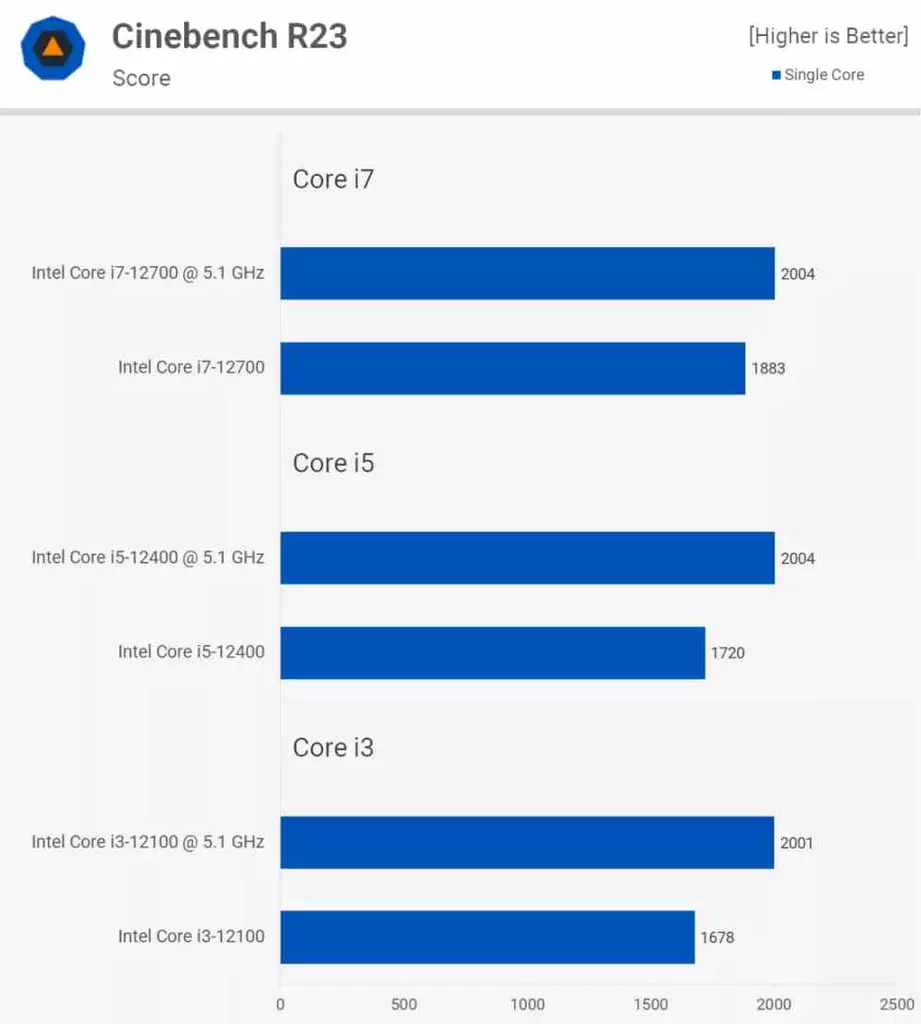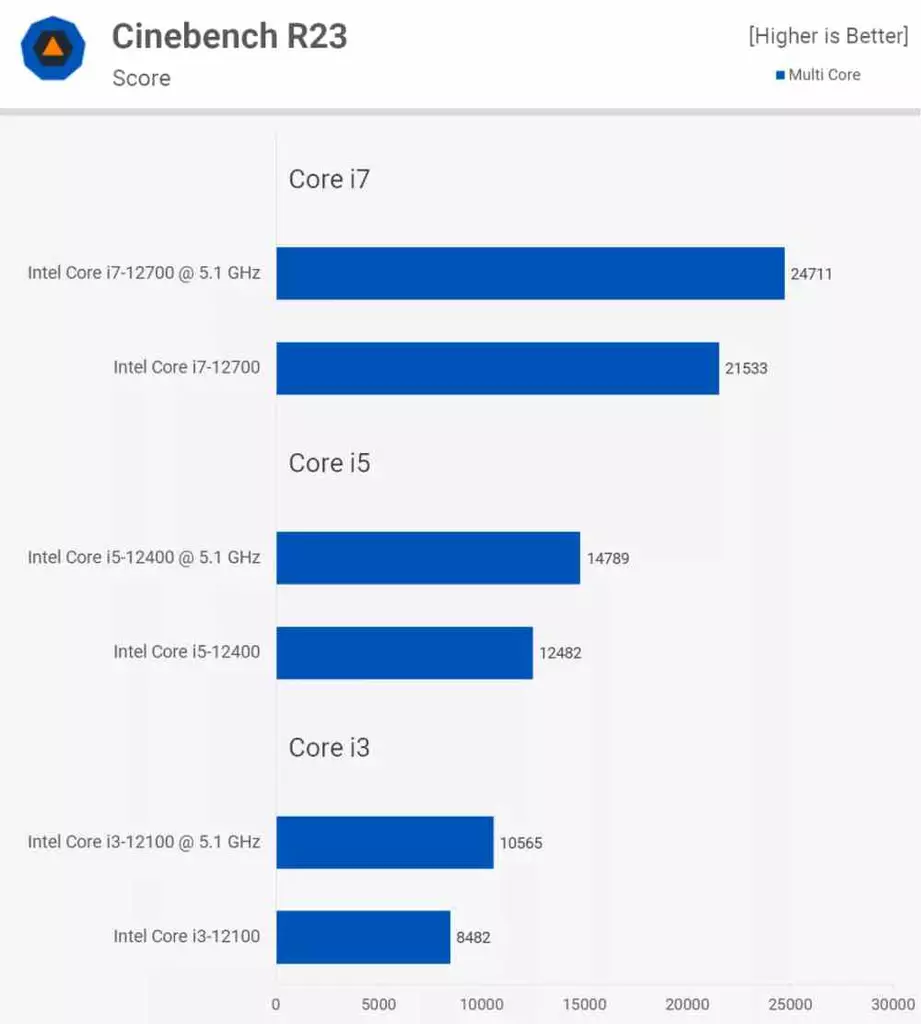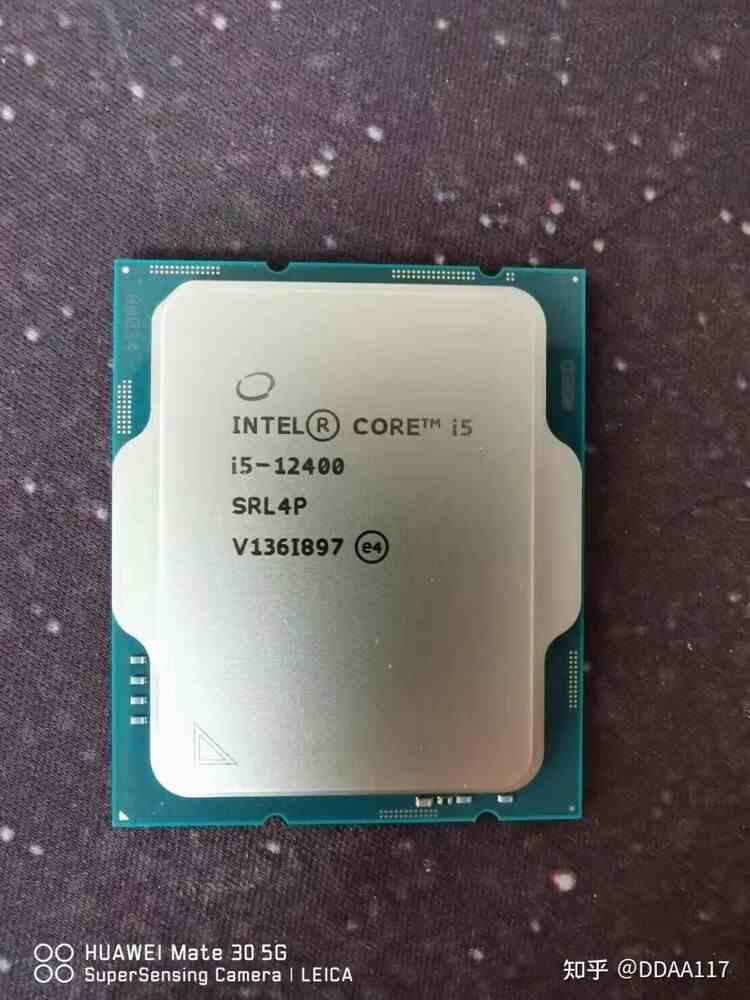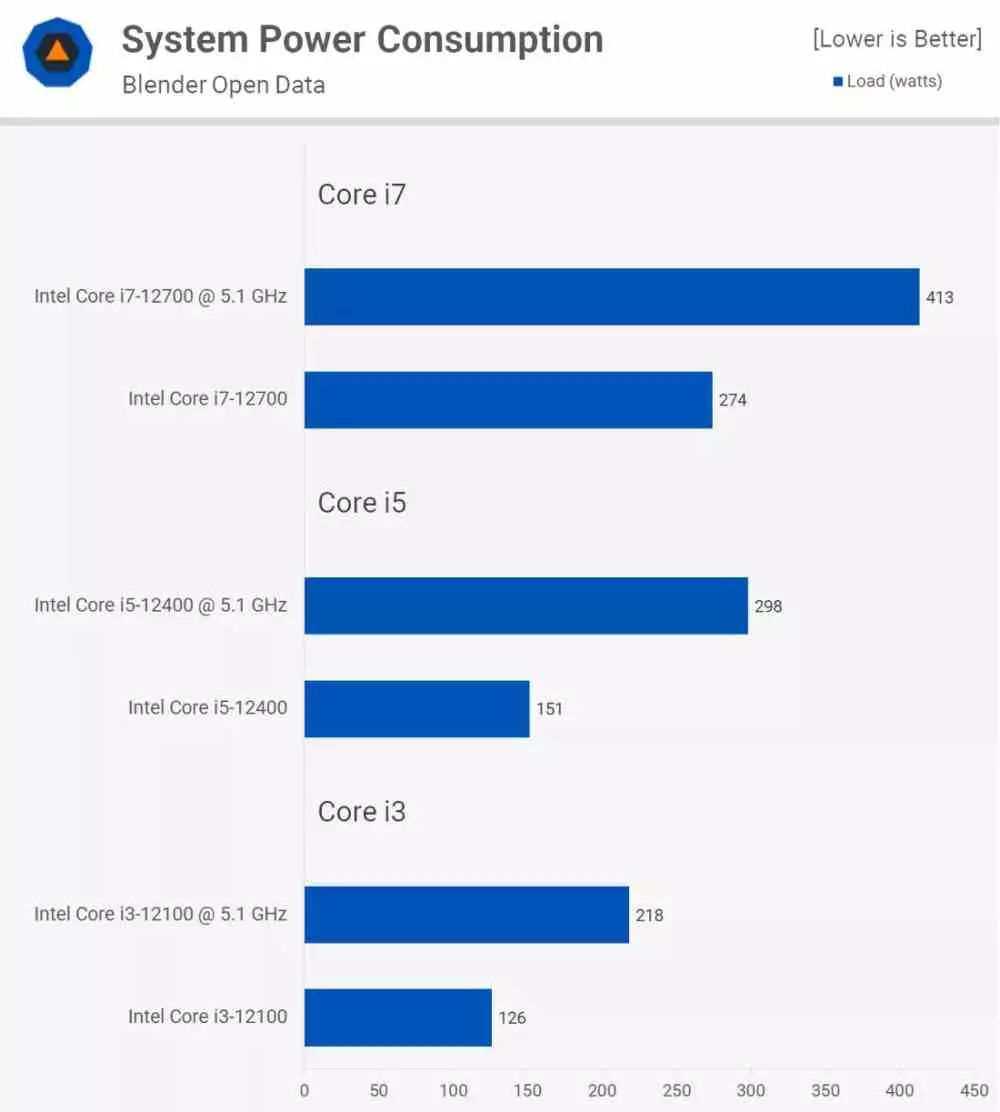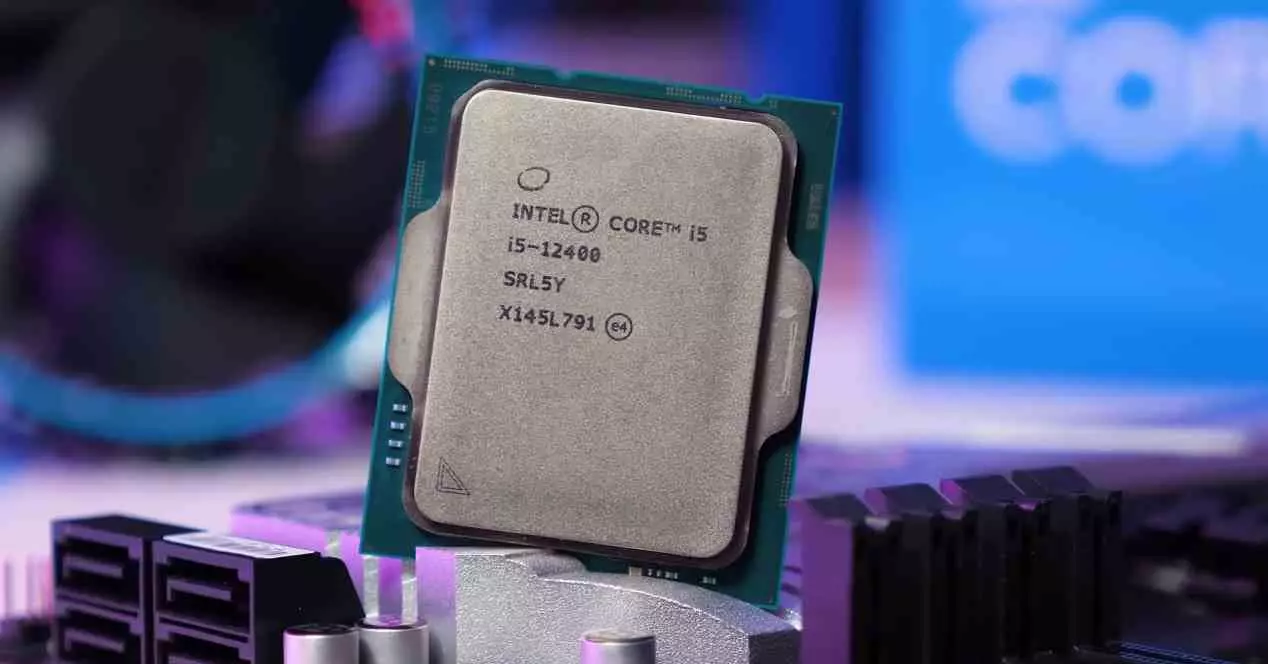
It is known that in Non-K Models overclocking is impossible. With this we are referring to the processors, it is Intel, it is impossible. Well, what would happen if we told you that this is not the case and that there is a small trap that allows them to reach a higher clock speed than the standard? Well, yes, and it seems that it has been discovered how you can increase the speed of some of the latest generation Intel desktop CPUs. We are talking about processors like the i3-12100, i5-12400 and the i7-12700. How have they achieved it?
Officially, there are a number of Intel processors that are impossible to vary the speed of by boosting their clock speed through overclocking tools. However, something curious happens with the Core 12, since we have two different ranges within the same brand. On the one hand, those that bring with them only the so-called P-Cores, which are in the low range and do not have overclocking capabilities. On the other hand, those that combine both P-Cores and E-Cores within the chip. Well, within the last type, there is a series of models without the K at the end that are exactly the same as the others, except in one detail, they do not support overclocking either.
The secret of derivative CPU models and overclocking.
One of the methods to comfortably overclock a processor and without having to touch it is the BCLK or Base Clock method. This is based on the fact that the clock speeds that a processor achieves are a base clock speed times a multiplier. Therefore, by varying said clock speed, a greater or lesser speed is obtained. This function exists due to the fact that if a chip does not pass the thermal and consumption tests at the same level as its twin brothers, what is done is to lower the BCLK and sell it as an inferior model. It should be noted that it also occurs in the reverse case.
Thus, from the i9-12900K two additional processors can be derived: the i9-12900 at a lower speed and without overclocking capacity, and the i9-12900KS with higher maximum speed and overclocking capacity. Well, this phenomenon also occurs in the case of AMD processors. Although in this article, as you will understand, we will focus on the non-K models and specifically the i3-12100, i5-12400F and i7-12700 models.
How do you get overclocking on non-K models of the Intel Core 12?
Since this is not officially a function that Intel itself allows us to do, then you will have already assumed in advance that the answer has to be somewhere else. And let us tell you that you are right, since it is a motherboard dependent feature. That is, there are some models that allow overclocking in non-K models, such as ASUS models such as ROG Maximus Z690 Apex, ROG Strix B660-G Gaming WiFi and B660-F Gaming WiFi. The trick? A side effect of the PCI Express clock signal generator, which allows the BCLK method to be appliedand incidentally raise the clock speed of these processors to 5.1 GHz speed.
And what about consumption and performance?
Well, as you may have guessed, energy consumption can even double in the process. Which is normal since the clock frequency is part of the formula for calculating power consumption. So make sure you have a good cooling system to do this, since this also means an increase in temperatures.
In terms of performance, as can be seen through Cinebench R23, both in its single-thread and multi-thread tests, we see how the processor that benefits the most from the change is the i3-12100, while the one that benefits the least is the i3-12100. i7-12700. For us the most interesting is the i5-12400 for its 6-core P-Core configuration and its price below 200 euros. Of course, and to finish, this functionality is only possible with certain motherboards with a higher cost than these processors. In any case, it is still something curious.
